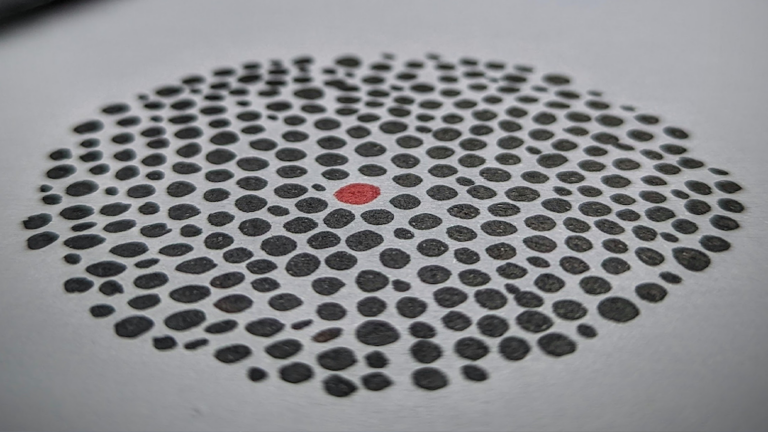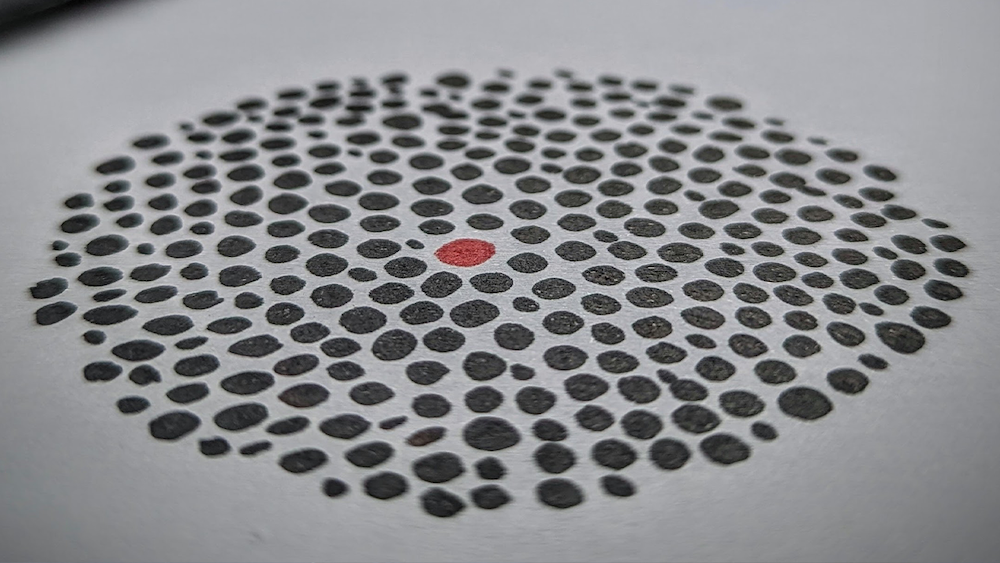
Shibari and The Art of Japanese Rope Bondage

Shibari – it brings a whole new meaning to the phrase “all wrapped up in a neat little package!” because the one being tied is literally, just that!
Except, we’re not talking about the end of a Simpsons episode – we’re talking about the intricate art of Japanese Rope Bondage, though technically, the correct term for the weaving of intricate knots for trussing and dangling people for erotic and sometimes artistic purposes would be Kinbaku.
Shibari simply means “to tie”, a term that fails to adequately express the intricacy of the art form – one that finds its origins in Hojojutsu, a martial art used by the Japanese military to restrain, transport, and often torture prisoners, using rope or cords, with prisoners being intricately tied according to their crimes.
Eventually, the custom fell out of practice before reappearing in underground Japanese BDSM clubs. However, it’s only been since the early 1990s that Shibari has been gaining fans and popularity outside of Japan, popping up in clubs in Europe and America, naturally filtering out from there.

Shibari VS Bondage
But Shibari or Kinbaku isn’t your western style of Bondage, enjoyed in traditional BDSM settings, though the two practices share some similarities. Where in Bondage, the whole practice is designed to function as a device for restraining, Japanese Rope Bondage is more about the journey of getting there, with each individual tie carrying symbolism. With Shibari, the exquisite tying is the whole reason for participating, whereas with Bondage, it’s an amuse-bouche on the way to the main course, which is the whoopee at the end!
Another difference between the two practices is the material used to do the tying. In western style Bondage play, many different materials can be used, including synthetic rope made of nylon, whereas in Shibari, only natural fibres such as jute or hemp are used.
And as in any practice where you give up control of your body to someone else, Shibari can be intensely intimate and fulfilling, as long as deep communication and trust are built between the Rigger / Top, the person who is tying the ties and the Rope Bottom, the person being tied. But Shibari doesn’t even have to BE a sexual practice. In fact, Shibari is often enjoyed between non-romantic partners and could be looked at as something that can be practised between friends, roommates, family members or just on yourself!










Unfortunately this article drags out many of the tropes of Shibari, but is so wrong in almost every statement it makes. It’s a pity that you didn’t ask some of the practitioners here in Australia who actually have knowledge of the Japanese practice of Shibari, as done in Japan. Ie those of us who travel there regularly to train and learn.